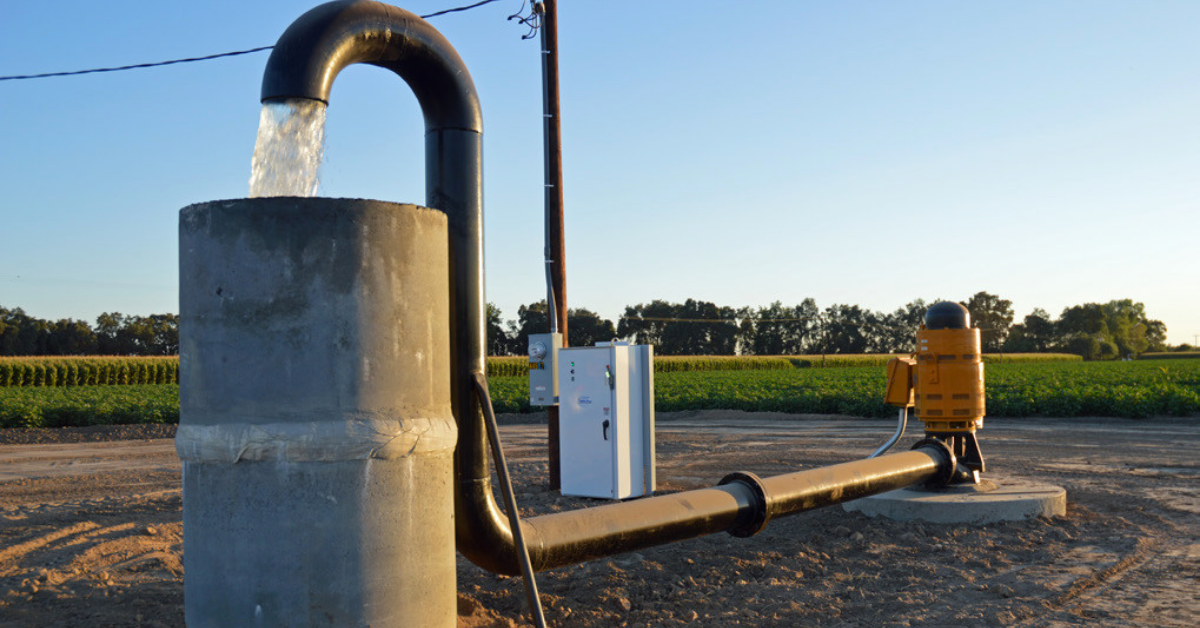With the substantial amount of rainfall hitting California throughout the recent months, the Public Policy Institute of California conducted a report sharing their results on key issues soon to affect the state’s water supply if nothing is done.
Looking at the data: Earlier this month the Public Policy Institute of California released a report that showed the biggest challenge facing the agriculture industry was a projected 20 percent decline in water supplies – chiefly led by the 2040 target implementation deadline for the Sustainable Groundwater Management Act.
- If one-fifth of the annual water supply is lost by 2040 the state will suffer from 900,000 acres of farmland fallowing, more than 50,000 jobs being lost and a 2.3 percent drop of the San Joaquin Valley’s economic output, amounting to a loss of $4.5 billon in economic activity.
- Currently farming generates 14 percent of the economic output in the Valley, 19 percent of the region’s total income and roughly 17 percent of its employment (340,000 people), the report found.
- The study shared that by only increasing irrigation water supply through greater investments in new storage facilities can save the amount of land fallowed from anywhere between 25 to 45 percent. It also showed that as long as the farming efficiency continues to grow at the rate California is seeing now, nearly half the economic impact may be avoided.
- Drawbacks to proposed measures could result in ecosystems and daily water users to be affected thus requiring a transparent plan to protect small communities’ water supply. New caps of groundwater pumping may need to be implemented. This could also harm dairy and beef producers as the water flows toward fruit trees and perennial crops as opposed to feed crops like alfalfa for their cattle.
What we’re watching: Many solutions the PPIC presented were accepted by the agriculture community and has growing support throughout the valley. Michael G Ming, a local farmland appraiser and broker, shared his confidence that water trading can be conducted fairly to maximize production.
- In order for great changes to occur, the PPIC stated that “unprecedented coordination and cooperation among local and regional parties” are required, with “strong partnership and support from state and federal agencies.”
- President Ian LeMay of the California Fresh Fruit Association classified the report as a step in the ongoing discussion on California water policy. He suggests that $5.2 billion must be invested into Sites Reservoir water storage in Northern California and change in water recycling in urban areas must be done. He categorized this situation as a crisis and urged state leadership to act upon it as such.










